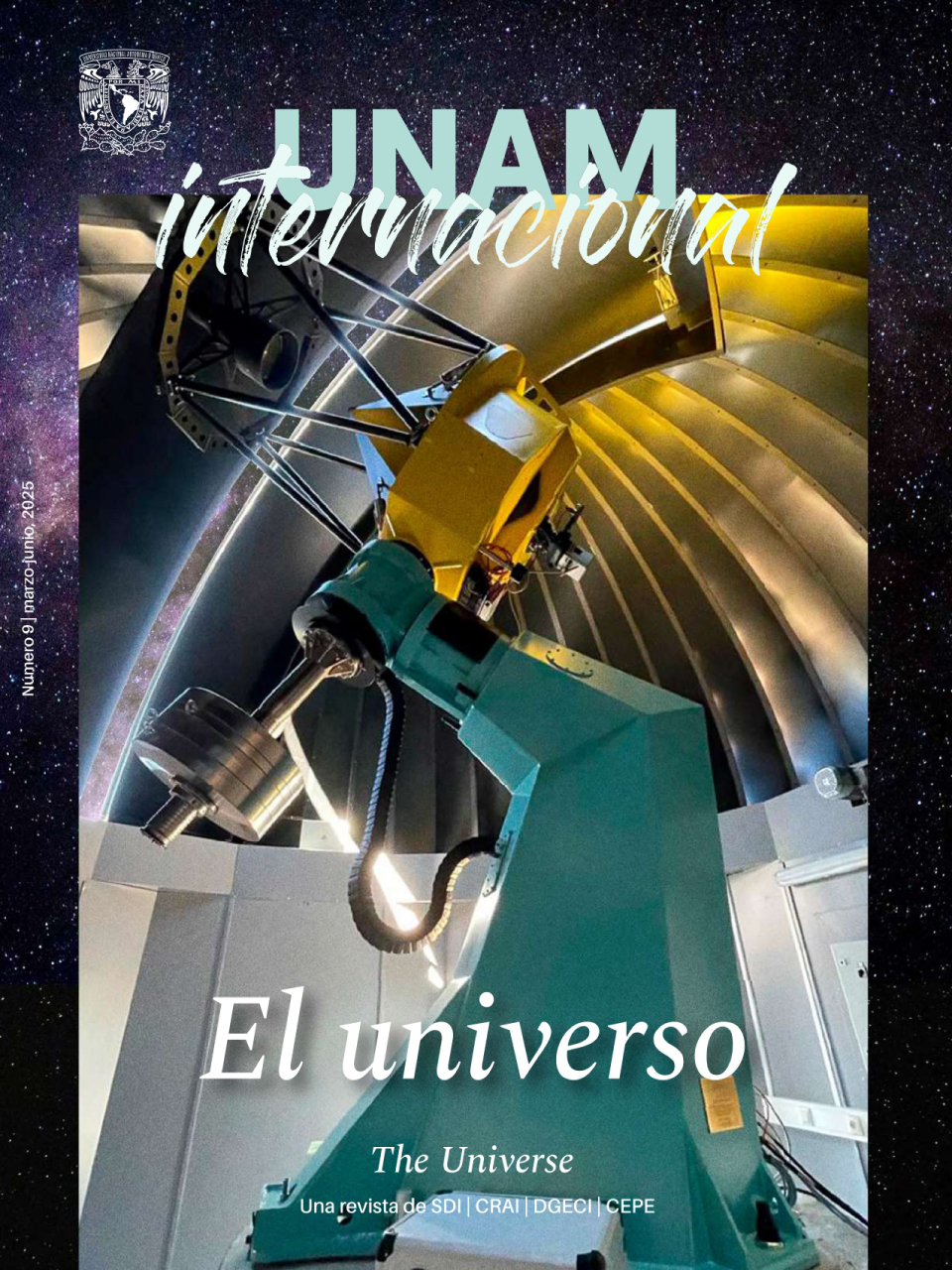31-03-2025
Unlocking the Secrets of the Universe. Interview with Wendy Freedman
Few scientists can claim to have reshaped our understanding of the cosmos as profoundly as Dr. Wendy Freedman, professor of astronomy and astrophysics at the University of Chicago. Recently awarded the National Medal of Science by the White House—United States’ highest scientific honor—Dr. Freedman has been recognized for her pioneering work on measuring the expansion and evolution of the Universe. Her groundbreaking research has also earned her a spot on Nature’s 10, the prestigious list of individuals who played pivotal roles in advancing science in 2024.Dr. Freedman’s research uses observational cosmology to measure the expansion rate of the Universe, with the Hubble and the Spitzer space telescopes, and the ground-based Magellan telescope. Her current projects involve measurements of the Hubble constant—the current expansion rate, as well as the past expansion rate, providing constraints on the acceleration of the Universe and dark energy. Other field of interest for her research is the stellar populations of galaxies, the evolution of galaxies, and the initial mass function.
Dr. Freedman’s journey to the stars began unexpectedly during a childhood moment far removed from the academic halls she now commands. One night, while gazing at the stars with her father in a remote area away from the glow of city lights, he explained to her how the light they saw might come from stars that no longer existed—an idea that fascinated her young mind. The following is the conversation we held at her office in the University of Chicago.
Alberto Foncerrada: In your opinion, what has been the most fundamental transformation in the way we do astronomy over the past 50 years?
Wendy Freedman: Certainly, from my perspective, I entered the field when the detectors we had were glass photographic plates. I lived through the transition to charge-coupled devices (CCDs), which allowed us to make much more accurate, multi-wavelength observations with higher signal-to-noise. These advances enabled us to tackle fundamental issues like the effects of dust and make corrections that weren’t previously possible.
Then came the launch of the Hubble Space Telescope which revolutionized the field in countless ways. I feel very fortunate to have begun my career just as these transformative technologies were becoming available.
AF: Why do you think it’s important to maintain a commitment to basic sciences like astronomy, when global challenges such as sustainability and geopolitics sometimes seem more pressing?
WF: As a species, humans have always asked fundamental questions about where we come from. Basic research often starts with curiosity, and although we may not initially know where it will lead, it has historically driven societal advancements that we now take for granted.
For instance, innovations like X-ray machines, GPS, and even certain medical devices originated from fundamental research. Astronomy is no exception—it challenges our understanding of the Universe, reshapes our perspective, and occasionally yields unexpected practical benefits.
Beyond practicalities, disciplines like art, literature, and basic science are integral to our humanity. We shouldn’t narrow our focus solely to immediate challenges; our curiosity and creativity drive progress in ways we can’t always predict.
AF: What do you foresee in terms of discovery opportunities in astronomy over the next two decades?
WF: The next two decades will be incredibly exciting. One of those is a project that I led, the Giant Magellan Telescope (GMT)—an 80-foot-diameter (24.3 meters) optical telescope being built in the Andes in Chile—which will open new frontiers. Because of this aperture, the GMT will be sensitive enough to detect biosignatures, such as water and ozone, carbon dioxide and methane, in the atmospheres of nearby exoplanets, potentially providing evidence for life.
We also have the European Extremely Large Telescope and other major projects on the horizon. Ground-based surveys, such as those from the Rubin Observatory, will provide deep, dynamic images of the sky, uncovering phenomena like supernovae and variable stars on an unprecedented scale.
Meanwhile, NASA’s Roman Space Telescope will offer wide-field infrared surveys. Together, these advancements will enable us to explore fainter and more distant objects, uncovering the unexpected. That’s the beauty of new tools—they often lead to discoveries we can’t yet predict.
AF: After decades of work on the Universe’s expansion, do you expect the “Hubble tension” to be resolved in the near future?
WF: I’m optimistic that we’ll make significant progress soon. Recent advances, like those from the James Webb Space Telescope, have already improved our ability to measure distances accurately.
The “Hubble tension” arises from discrepancies between measurements of the Universe’s expansion using Cepheid stars—methods dating back to Edwin Hubble—and those based on cosmic microwave background fluctuations. Encouragingly, recent work shows convergence in some distance measurements, though challenges remain, particularly as we use the Cepheids to step out to distant supernovae.
Resolving this tension will either reinforce our current cosmological model or reveal something fundamentally new. For instance, our standard model includes dark matter and dark energy—phenomena we still don’t fully understand. Whether or not the tension proves real, the process of investigation will deepen our understanding of the cosmos.
Wendy Freedman is a Canadian-American astronomer working at the University of Chicago, famous for her work on the Hubble constant. She studied astronomy at the University of Toronto, where she obtained her astrophysics PhD. She is a member of the United State’s National Academy of Sciences among other institutions. She has received several acknowledgments for her work, like the United State’s government National Medal of Sciences.
Alberto Foncerrada is the Liaison for Inter-Institutional and Cultural Affairs at UNAM Chicago.
Alberto Foncerrada is the Liaison for Inter-Institutional and Cultural Affairs at UNAM Chicago.
